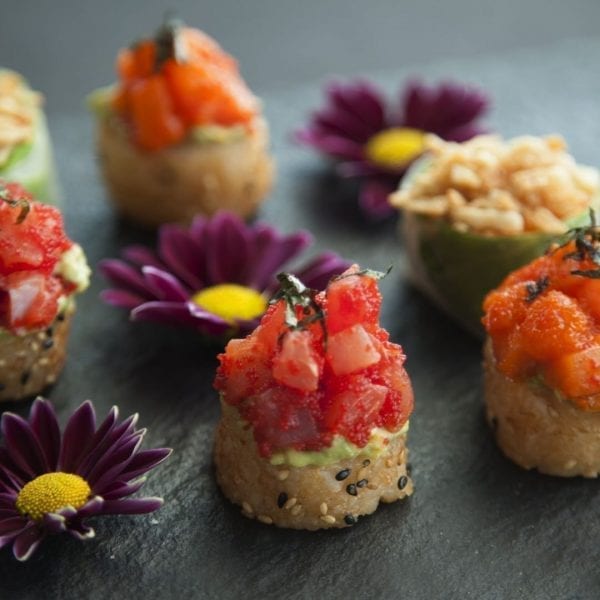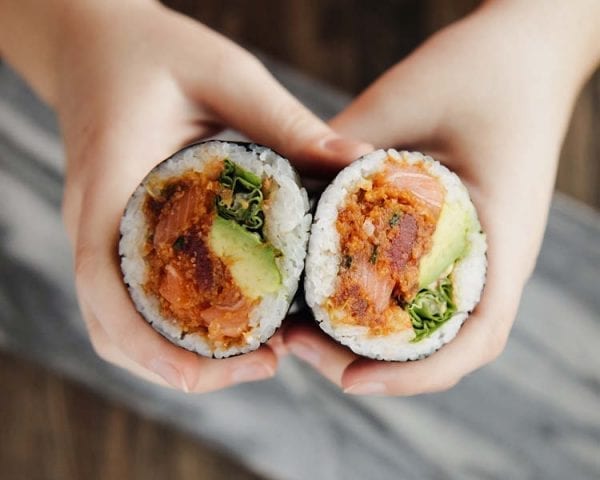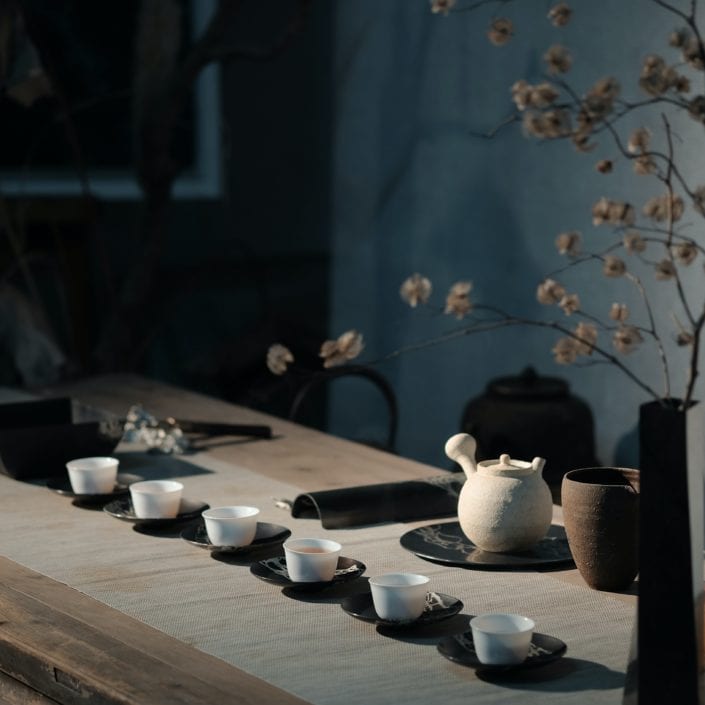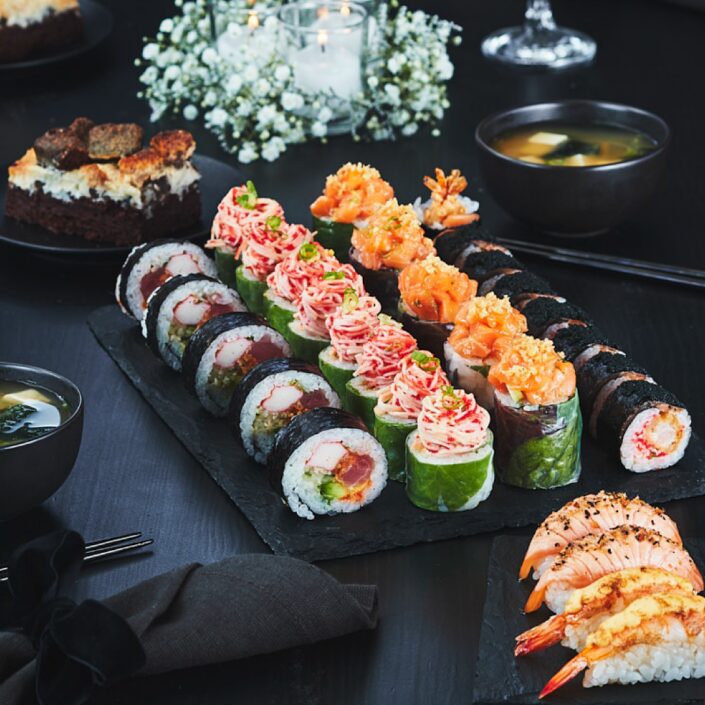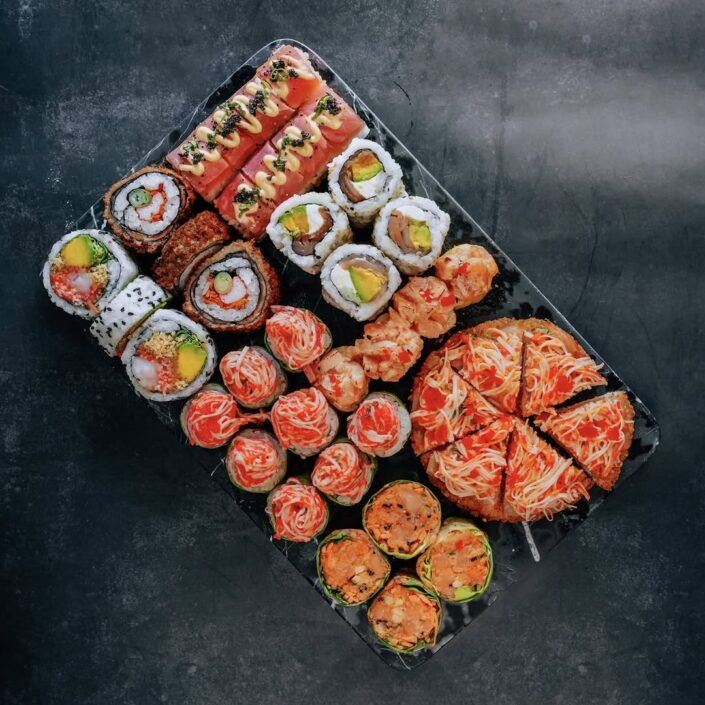The rules and customs in terms of good manners are extremely important in Japan, they contribute to the change of scenery for all adventurers who have or will have the chance to discover this magnificent country that is Japan. Either way, one thing is certain, this country is full of detail and attention that will not leave you indifferent. One of the best-known customs that we wanted to put forward today: the tea ceremony, one of the most ancestral, and the most codified, for a moment closest to Japanese traditions. Ready for an adventure?
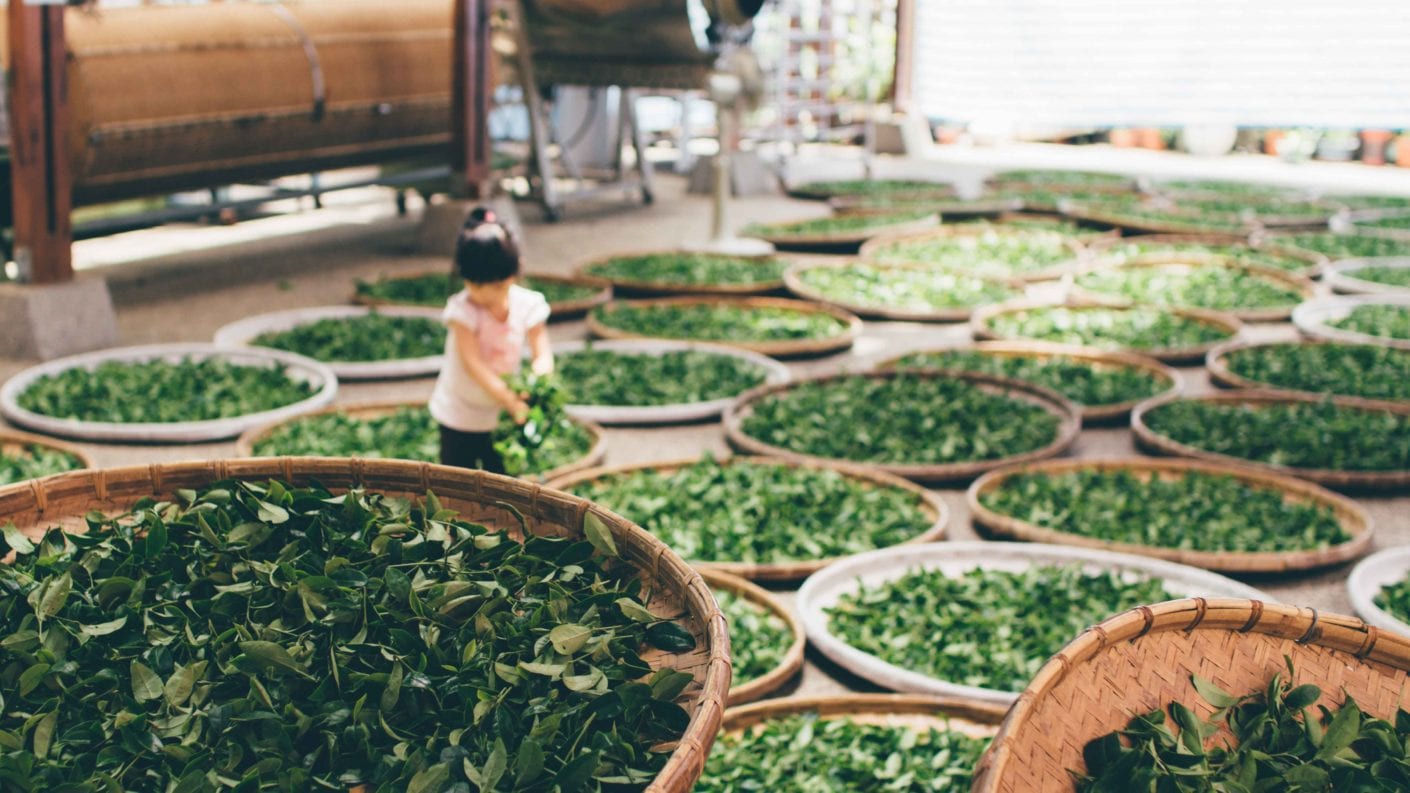
Traditionally, cha no yu, translated as “the way of tea” has occupied a central place in Japanese culture since the 15th century. Having its ethical code and its morality, this “green” or even “matcha” tea ceremony represents much more than a moment of sharing, it is a real way of life and a very particular state of mind. Imagined in the 16th century by Sen No Rikyu (1522-1591)1, this Japanese ceremony includes four main principles:
- 和 wa : Harmony
- 敬 kei : Respect
- 清 sei : Purity
- 寂 jaku : Tranquility
Demonstrating its importance, this same philosophy is still taught today in schools training future emcees. But the training is much more in-depth than you imagine. They must, in fact, also have received training in traditional artistic2 forms such as flower arrangement, kimono, calligraphy, ceramics, and incense. Being seen as the teaching of a lifetime, this practice can last a lifetime, through the disciple role of one’s sensei (teacher).
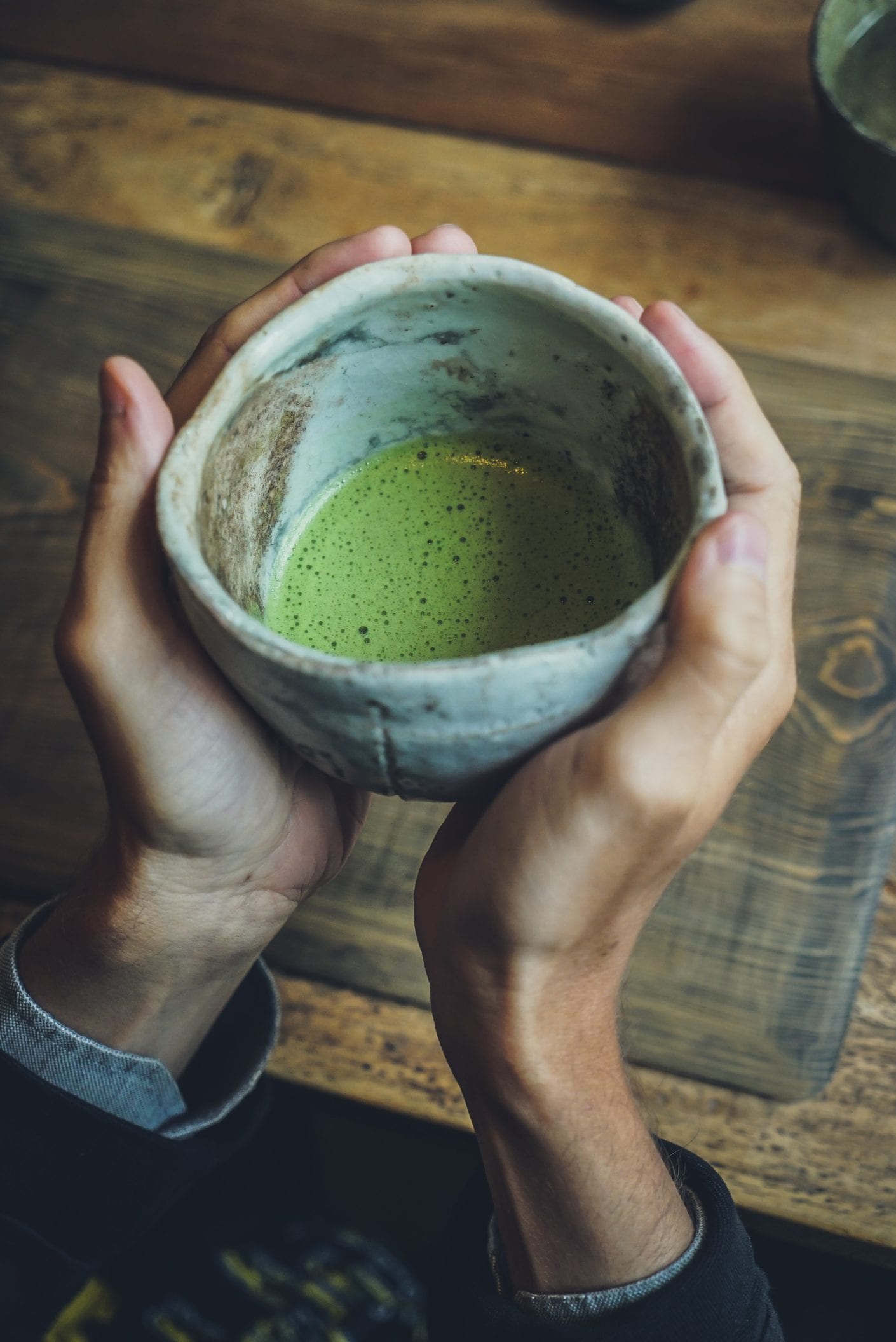
Until the end of the 19th century, the tea ceremony was practiced exclusively by men. It was, say, at that time, the opportunity for samurai to exchange and conspire out of sight and out of sight. It was only during the Meiji era (1868-1912)3, that these traditions were revisited, making it possible to pass the torch on to women. Even today, it is customary for women to continue this tradition.
As ceremonies are highly codified, the rules even extend to utensils used by guests and by the master of ceremonies. In its most traditional version, the protocol is that guests come with 3 objects 4:
- sensu: a small fan, which is placed horizontally between guests, to define each person’s spaces.
- kaishi: traditional thick Japanese paper that will serve as a plate when tasting a Japanese pastry called wagashi.
- yoji: small utensil that is used as a knife or fork for baking.
The master of ceremonies also has codes5 and objects:
- chakin: hemp or linen fabric to clean and purify the bowl.
- hishaku: bamboo ladle.
- chashaku: spoon used to transfer tea to the bowl.
- chawan: the bowl of tea chosen according to the seasons and the guests. The front of the bowl is presented during the ceremony to highlight a design or a pretty imperfection of the dishes.
- fukusa: square of silk for cleaning the tea box and for handling the hot lid of the kettle.
- natsume: lacquered wood tea box.
- chaire: ceramic tea box.
- chasen: a small whisk that allows the matcha to be mixed well with the water, sculpted from a single piece of bamboo.
There are 2 forms of cha no yu: the chaji and the chakai.
Chaji
In the most traditional version and therefore also the longest (up to 4 hours), the chaji offers a tasting, first a meal, accompanied by sake, then ends with a pastry. For a wonderful experience at home, we advise you to accompany your matcha with a seafood dish. The shrimp tempura, or our wonderful, deliciously rich popcorn shrimp, will be just perfect; the fresh and complex aromas of the tea counterbalances the richness of the fish with subtlety.
Chakai
In its shortest version, the chakai only lasts between 30 and 45 minutes. This much shorter ceremony only offers matcha (here lighter) accompanied by sweets.
These ceremonies take place, if we follow tradition, in Japanese tea houses. The latter often have a thatched roof and a square door called a nijiriguch6. Surprisingly enough, this door is very small, measuring 63 centimeters high and 63 centimeters wide. The choice of this size is not trivial, it even aims to carry a strong principle, in which all guests arrive equally for the ceremony. But the details and protocols don’t stop there: the main room should be only 7.5m2 and its decoration should be harmonious, in its colors and materials, and should be changed for each reception given.
All this tradition makes the ceremony a moment where every detail is important, highlighting each flavour and making this tasting unique. When is your next tea ceremony?
Call on the expertise of Sushi Shop and prepare your order online now, or visit us in-store and let the tea ceremony come to your home, as it should be!
